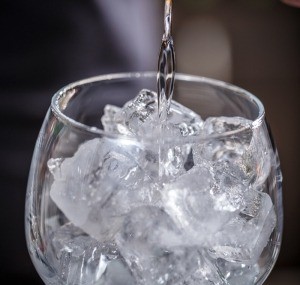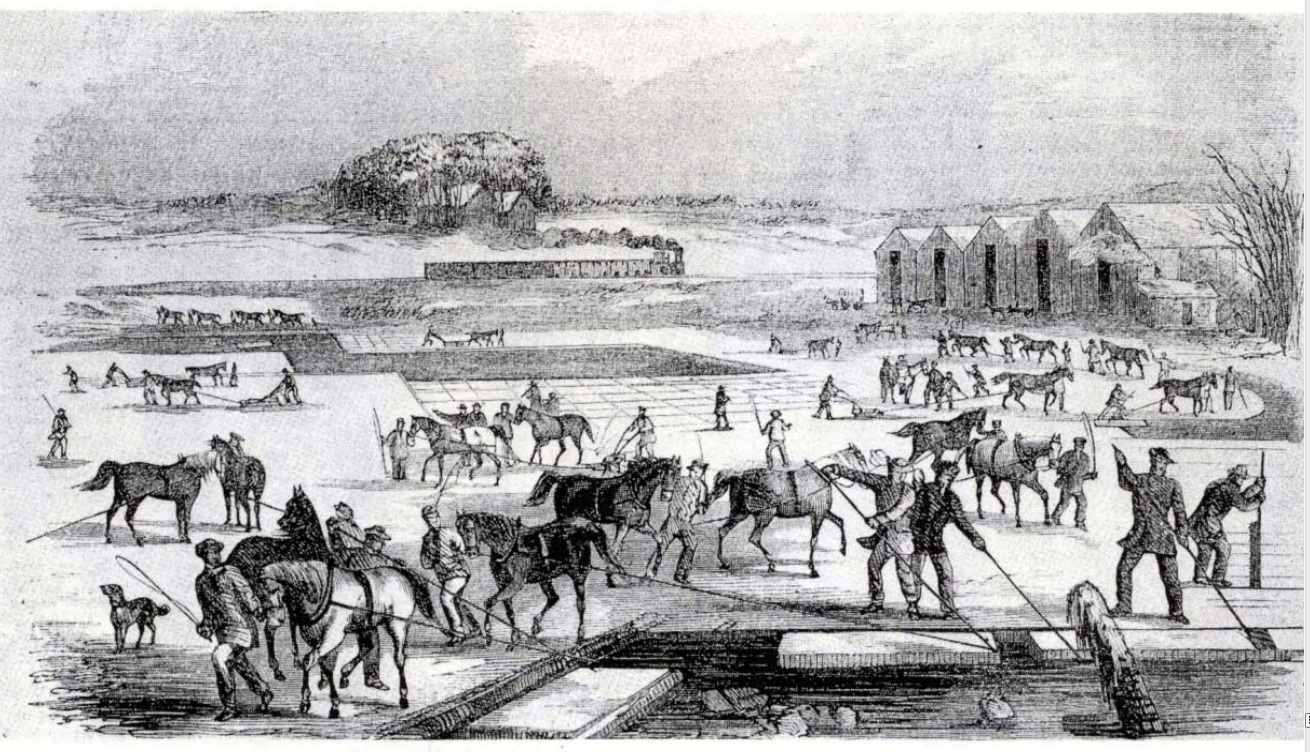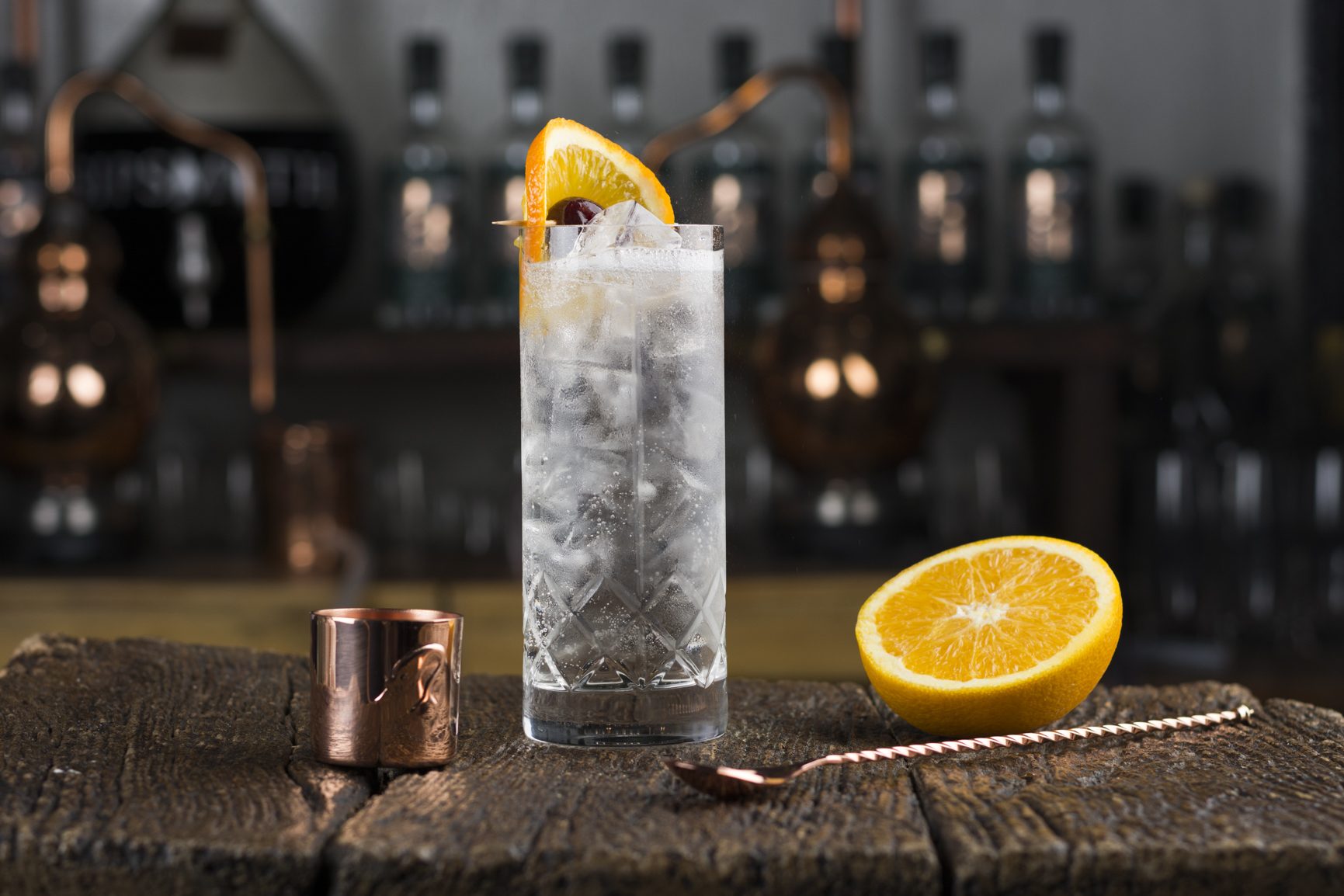
Next time you shake up a cocktail, pay attention to your ice. Not only is it key to making top-notch serves, but it’s also hiding a fascinating history.
Of all the components that add up to a cocktail, ice is the one that sippers are most inclined to ignore.
On the one hand, that blasé attitude is a sign of how far we’ve come. Thanks in part to influential bartenders like Dick Bradsell, who helped pave the way for London’s cocktail revival in the 1980s and 90s, it’s now a given that cocktail bars source or produce high-quality ice.
But on the other hand, we shouldn’t take the prevalence of ice for granted. After all, cocktails with ice are a relatively recent innovation — and the history of ice is full of fascinating twists and turns.
For centuries, ice wasn’t just a rarity: it was as precious and expensive as jewels. As London drinks writer Alice Lascelles notes in her fantastic book, Ten Cocktails: The Art of Convivial Drinking, “ice remained a hard-won luxury” up until relatively recently. How hard-won? Europeans used to trek to the Alps in search of it (and would transport it back by donkey). That meant that, for all but the wealthiest tipplers, iced beverages simply weren’t within reach.

Frederic Tudor made his name harvesting large blocks of ice from New England’s lakes.
It wasn’t until the 19th century that things began to change, says Lascelles. That was when an American named Frederic Tudor began to harvest blocks of ice from New England’s lakes, which were then shipped to destinations like New Orleans (and even locales as far afield as India). Consequently, stateside cocktail drinkers began to develop a taste for frosty serves — and British sippers weren’t far behind.
The blocks of ice — enormous, and crystal-clear — were themselves a marvel and a curiosity. “When a single 12 x 18-inch block went on display in a London shop window on the Strand in 1845, it caused a sensation,” Lascelles writes. Other accounts from the era describe Londoners gathering in wonder to stare at the ice, and attempting to touch it to ensure it wasn’t glass.
Around the same time, the bar at the Brunswick Hotel — the very first “American bar” to open in the UK — sprang up in Liverpool, and earned acclaim for its icy juleps and cobblers. Soon, a slate of other American bars followed, including the American Bar at the Savoy. Ice, it became apparent, wasn’t merely a trend: today’s thriving cocktail culture simply wouldn’t exist without it.

Don’t overlook your ice — it’s a key component of almost all serves.
But while we no longer have to trek to far-off peaks and lakes to find our ice, that doesn’t mean we should take it for granted. Follow our tips to make the best ice at home, and once you’ve got the good stuff, be liberal with your use — copious quantities of very cold ice should be your default for mixing.
And don’t you dare commit the cardinal sin of serving a G&T with only a few cubes plopped in. In this new Ice Age, that simply won’t do.
Feature images © grafvision/iStock; Milkos/iStock; Wikimedia Commons
